

The Shelley Award, named after former Arizona Commission on the Arts Executive Director Shelley Cohn, is presented annually to recognize individuals who have advanced Arizona arts and culture through strategic and innovative leadership to create and support public policy beneficial to the arts in Arizona. This year, as we mark the 50th anniversary of the National Endowment for the Arts and the Arizona Commission on the Arts, the Shelley Award will recognize a group of individuals – Pioneers of Advocacy – whose dedicated work on behalf of arts and culture during the formative years of arts advocacy in Arizona helped create the vibrant arts and culture environment we enjoy today.
The individuals recognized truly are “pioneers” of advocacy, each in their own way. They were leaders in the corporate community, establishing a tradition of corporate support for the arts. They help create institutions like the Arizona Commission on the Arts that serve the arts in every corner of our state. And they provided the leadership for the development of major cultural institutions in Phoenix and Tucson – examples to communities all over Arizona. In so many ways, they are role models for today’s leaders and examples of how dedicated community stewards support arts and culture.
Dino DeConcini & Beth Murfee DeConcini
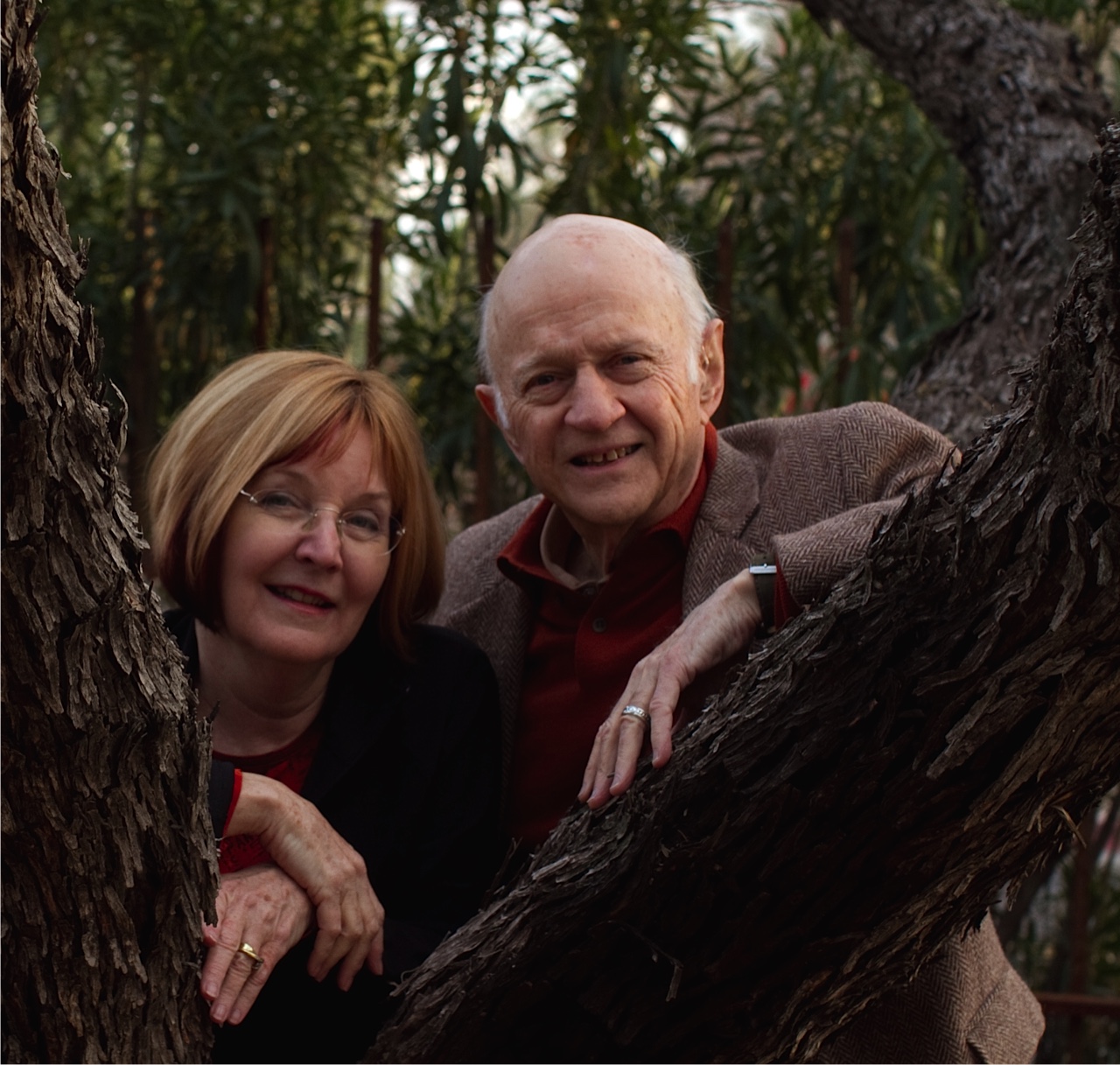 Deep passion for the arts and an abundance of political savvy shaped the action-oriented advocacy of this couple who’ve given so much to Arizona. In addition to a diverse career in law, business and politics, Dino DeConcini quickly embraced arts advocacy when Governor Bruce Babbitt appointed him the second chairman of the Arizona Commission on the Arts in 1980. One of his first tasks was to increase funding for the Arts Commission, which he did tenfold over his term.
Deep passion for the arts and an abundance of political savvy shaped the action-oriented advocacy of this couple who’ve given so much to Arizona. In addition to a diverse career in law, business and politics, Dino DeConcini quickly embraced arts advocacy when Governor Bruce Babbitt appointed him the second chairman of the Arizona Commission on the Arts in 1980. One of his first tasks was to increase funding for the Arts Commission, which he did tenfold over his term.
Seeing an unfilled need, he also convened 250 Arizonans in 1980 for a conference, “The Future of Arts in Arizona,” the major outcome was the formation of Arizonans for Cultural Development (ACD, now known as Arizona Citizens for the Arts.) The creation of ACD set in place the advocacy model still in use today – a professional association to represent and speak for the arts sector in a singular voice in the policy arena, paired with an active advocacy network to interact with local elected officials on arts policy and funding initiatives, primarily at the state level.
At the same time, Beth Murfee DeConcini brought skills honed with national foundations to Arizona to support the work of ACD and numerous other Arizona arts groups. After bringing the Rockefeller Foundation to Tucson in the 1990s to help resolve a community conflict over the firing of a high school drama teacher, she introduced a number of Arizona arts and culture organizations to Rockefeller which ultimately resulted grants to the organizations. She’s authored numerous arts policy publications stemming from her work with the Independent Committee on Arts Policy and the President’s Committee on the Arts and Humanities. And she was commissioned by the Herberger Foundation write “Play by Play, Phoenix and Building the Herberger Theatre,” which tells the 10-year history of Phoenix in the context the civic project.
She also served on the boards of the Centro Cultural Mexicano de Phoenix, the Scottsdale Chapter of the National Writer’s Voice, and she is currently the chair of the Program Committee of the Heard Museum board.
Katie Dusenberry
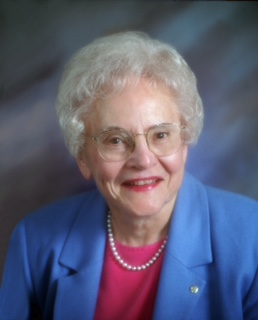 Co-owner of Horizon Moving Systems, Katie became an arts champion after being “moved” to run for the Tucson Unified School District when another candidate announced he opposed everything in the schools – including arts (!) – except readin’, writin’ and arithmetic. Until then, her official involvement in the arts was limited to the Drama Club at Tucson High School.
Co-owner of Horizon Moving Systems, Katie became an arts champion after being “moved” to run for the Tucson Unified School District when another candidate announced he opposed everything in the schools – including arts (!) – except readin’, writin’ and arithmetic. Until then, her official involvement in the arts was limited to the Drama Club at Tucson High School.
Later, she was elected to the Pima County Board of Supervisors where she encouraged support for the then newly-formed Tucson Pima Arts Council. With her husband, Bruce, she also modeled business support for the arts because others followed the lead of Horizon Moving Systems in believing that support for local arts was good for the community and good for the business environment. She also has been particularly supportive of Arizona Theater Company, and served as board chair in the mid-1970s during the years, ATC was expanding to Phoenix, and served on the Arizona Commission for the Arts from 1984 to 1985.
Shirley Estes
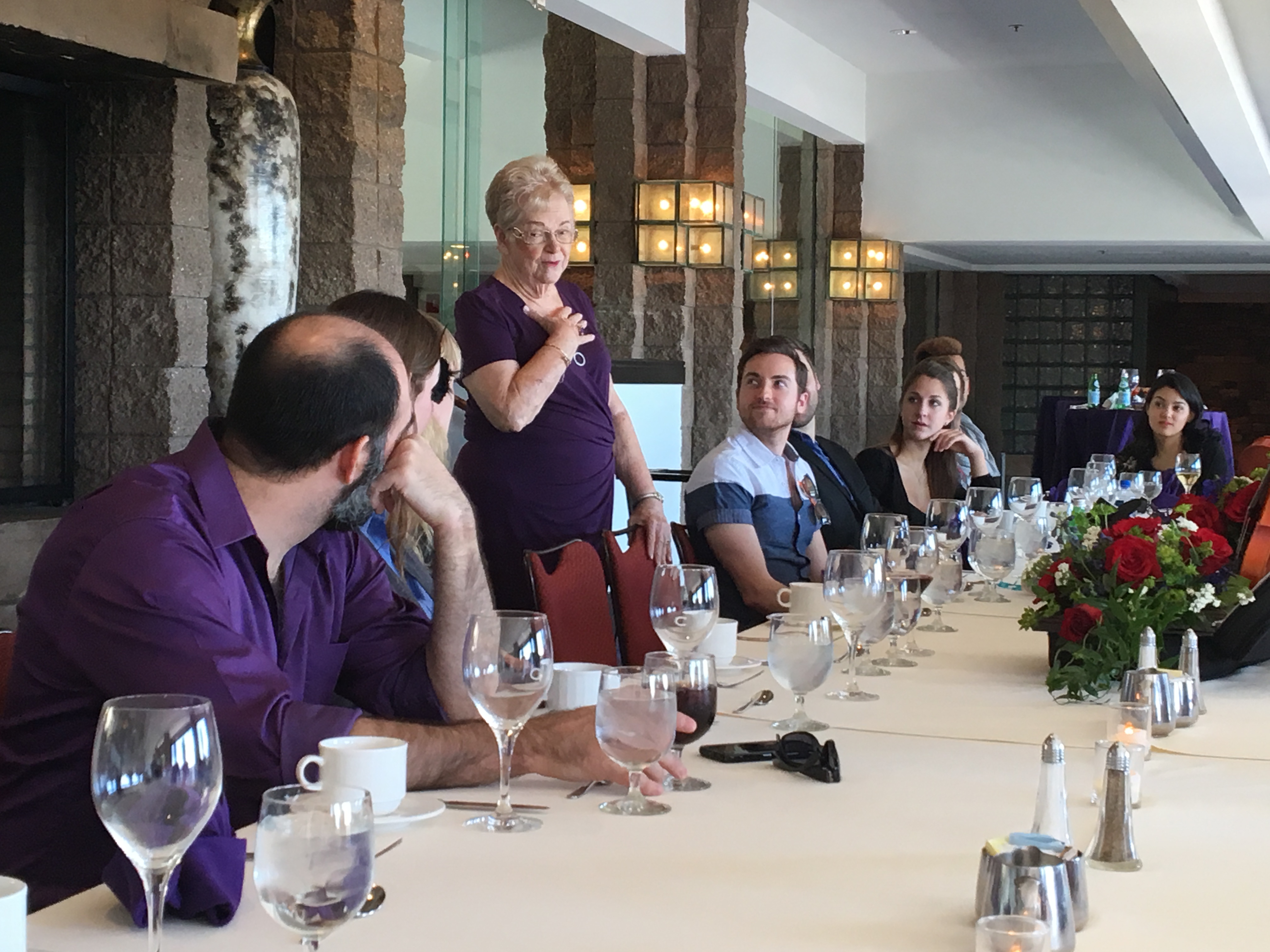 Like her late husband and partner, Bill Estes, Shirley believes that because of their business success in homebuilding and development, Tucson deserved their support in every way – including supporting the arts. Like Katie Dusenberry, Shirley discovered her love of theatre at Tucson High School. She’s been a season ticket holder to Arizona Theatre Company since day one in the 1960s, and she’s sponsored nine ATC plays, including “The Gershwins’ Fascinating Rhythm,” which went all the way to Broadway. She also served on the Board of Directors from 1984 to 1990 and was Chair in 1992 during the period in which longtime artistic director David Ira Goldstein was hired.
Like her late husband and partner, Bill Estes, Shirley believes that because of their business success in homebuilding and development, Tucson deserved their support in every way – including supporting the arts. Like Katie Dusenberry, Shirley discovered her love of theatre at Tucson High School. She’s been a season ticket holder to Arizona Theatre Company since day one in the 1960s, and she’s sponsored nine ATC plays, including “The Gershwins’ Fascinating Rhythm,” which went all the way to Broadway. She also served on the Board of Directors from 1984 to 1990 and was Chair in 1992 during the period in which longtime artistic director David Ira Goldstein was hired.
As a successful home developer, builder of the Ventana Canyon Resort and community leader, Shirley was instrumental in influencing business support for the arts through her own example and personal encouragement of her business peers. She also continues to support the Tucson Museum of Art and other local arts organizations.
Terry Goddard
 There were arts institutions in Phoenix before Terry Goddard became mayor in 1984, but under his leadership, the real transformation of Phoenix into a cultural destination began.
There were arts institutions in Phoenix before Terry Goddard became mayor in 1984, but under his leadership, the real transformation of Phoenix into a cultural destination began.
From 1984 until 1990, he led the effort to establish the Phoenix Arts Commission (now known as the Phoenix Arts and Culture Commission), and the Percent for Art program; spear-headed the city’s first Arts and Culture bond as part of a larger $1 billion program to finance major projects like Terminal 4 at Sky Harbor Airport, and helped strike the deal to build the Herberger Theater Center.
As a result of his efforts, the 1988 bond financed the expansion of the Phoenix Art Museum, the building of the Arizona Science Center and Phoenix Museum of History, expansion of the Central Library and renovation of the Orpheum Theater. Because of the new percent for arts ordinance, these and the other city-funded bond projects generated significant money for the public art program.
In 1989, these efforts were a key to Phoenix earning recognition as an All-American City. But more importantly, Mayor Goddard’s efforts then, continue reap benefits for us today.
Myra Millinger
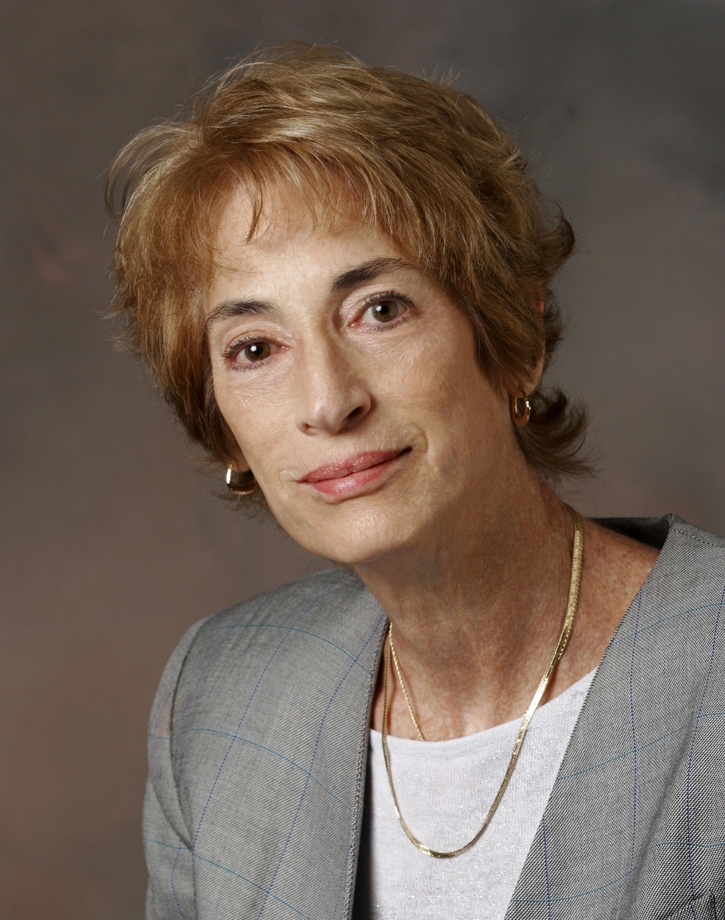 Somehow, drama and dance studies that included the Martha Graham School and the American Academy of Dramatic Arts, led Myra to a political science degree and foundation work. Arizona arts organizations have been the fortunate beneficiaries of her combination of passions.
Somehow, drama and dance studies that included the Martha Graham School and the American Academy of Dramatic Arts, led Myra to a political science degree and foundation work. Arizona arts organizations have been the fortunate beneficiaries of her combination of passions.
Via the Ford Foundation, Myra became to associate director of the Flinn Foundation in Phoenix. Along with health care and education initiatives, she focused on arts, providing some of the first major foundation support for the sector. Under Myra’s stewardship, Arizona was one of the first state to engage in the National Arts Stabilization (NAS) program that helped arts organizations fund budget reserves, while obtaining training and mentoring to improve their balance sheets and asset management. Her work earned her a Governor’s Arts Awards in 1995.
For six years, she was President and CEO of Metro Phoenix Partnership for Arts and Culture which sponsored ground-breaking research on the impact of the creative sector on Arizona. She also was a founder the CALA Alliance devoted to Arizona’s rich Latina cultural heritage, and has served on the Arizona Mexico Commission.
Gene Polk
 Gene Polk is a perfect example of how one individual from a smaller community can quietly enrich a whole state. The patriarch of a long-time Prescott family, Gene has been the trustee of the J. W. Kieckhefer and Margaret T. Morris foundations for decades, during which he’s overseen contributions to the well-being of dozens of Arizona cultural institutions. Arts and culture have been on par with the foundations’ support for health, education and environmental stewardship –all critical and equal contributors to the quality of life and the future of Arizona communities, large and small. Act One, Arizona Opera, Prescott Center for the Arts, Ballet Arizona, the CALA Alliance, the Musical Instrument Museum, the Phippen Gallery, Smoki Museum and many, many others have benefited from the vision of Gene Polk, his family and the Kieckhefer and Morris foundations. And just to emphasize the additional importance of arts advocacy, Gene was an early and continuing supporter of Arizonans for Cultural Development (now Arizona Citizens for the Arts), and he also served on the Arizona Commission on the Arts (1994-95).
Gene Polk is a perfect example of how one individual from a smaller community can quietly enrich a whole state. The patriarch of a long-time Prescott family, Gene has been the trustee of the J. W. Kieckhefer and Margaret T. Morris foundations for decades, during which he’s overseen contributions to the well-being of dozens of Arizona cultural institutions. Arts and culture have been on par with the foundations’ support for health, education and environmental stewardship –all critical and equal contributors to the quality of life and the future of Arizona communities, large and small. Act One, Arizona Opera, Prescott Center for the Arts, Ballet Arizona, the CALA Alliance, the Musical Instrument Museum, the Phippen Gallery, Smoki Museum and many, many others have benefited from the vision of Gene Polk, his family and the Kieckhefer and Morris foundations. And just to emphasize the additional importance of arts advocacy, Gene was an early and continuing supporter of Arizonans for Cultural Development (now Arizona Citizens for the Arts), and he also served on the Arizona Commission on the Arts (1994-95).
Kim Sterling-Heflin
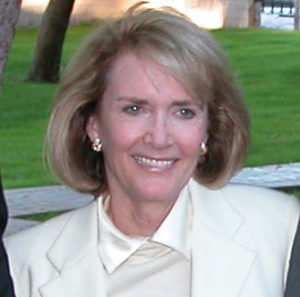 Born with the arts and community service in her blood, Kim is the grand-daughter of an opera singer and the grand-niece of the first winner of the Irving Thalberg Award. Her parents also started her on ballet lessons at 5 on doctor’s orders to build up her strength. That eventually led her to study with the San Francisco Ballet.
Born with the arts and community service in her blood, Kim is the grand-daughter of an opera singer and the grand-niece of the first winner of the Irving Thalberg Award. Her parents also started her on ballet lessons at 5 on doctor’s orders to build up her strength. That eventually led her to study with the San Francisco Ballet.
After several years of teaching in the Northwest, she and her family relocated to Phoenix where she met Richard and Linda Whitney who immediately got her involved in the Arizona Theatre Company, and the first Governor’s Arts Awards. Service to numerous arts organization followed, including Ballet Arizona, Actor’s Theatre, the Arizona Commission on the Arts and the Heard Museum.
At the time, Kim also used her professional position as manager of shareholder communications at Phelps Dodge to make the locally-headquartered mining company one of the biggest corporate supporters of Arizona arts, helping to set the standards through much of the 1980s and 1990s for corporate commitment to the arts.
Richard and Linda Whitney
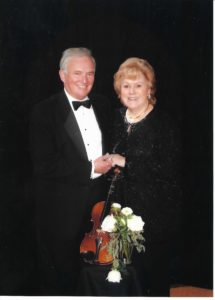 Richard and Linda are another power duo in the arts and community who’ve built a critical legacy. A young, skilled real estate and trust attorney at the time, Richard was tapped by the arts leaders of the mid-1960s to write the legislation that created the Arizona Commission on the Arts to provide state funding for arts organization. Later in 1982, he would serve as chair of the Arts Commission, assisting Dino DeConcini in dramatically increasing funding for the Commission.
Richard and Linda are another power duo in the arts and community who’ve built a critical legacy. A young, skilled real estate and trust attorney at the time, Richard was tapped by the arts leaders of the mid-1960s to write the legislation that created the Arizona Commission on the Arts to provide state funding for arts organization. Later in 1982, he would serve as chair of the Arts Commission, assisting Dino DeConcini in dramatically increasing funding for the Commission.
Linda helped launch the advocacy and fundraising efforts that continue today. In 1981, Governor Bruce Babbitt had embraced the idea of a Governor’s Arts Awards, and Linda joined with Kim Sterling-Heflin in co-chairing the first event. Over the years, Linda also extended her leadership to COMPAS (a united arts fund that existed for more than 30 years into the early 2000s), Phoenix Art Museum, Desert Botanical Gardens and the ASU Museum of Art.
Still active volunteers today. Richard is the incoming president of the Phoenix Chamber Music Society, and Linda is active in health care organizations.
